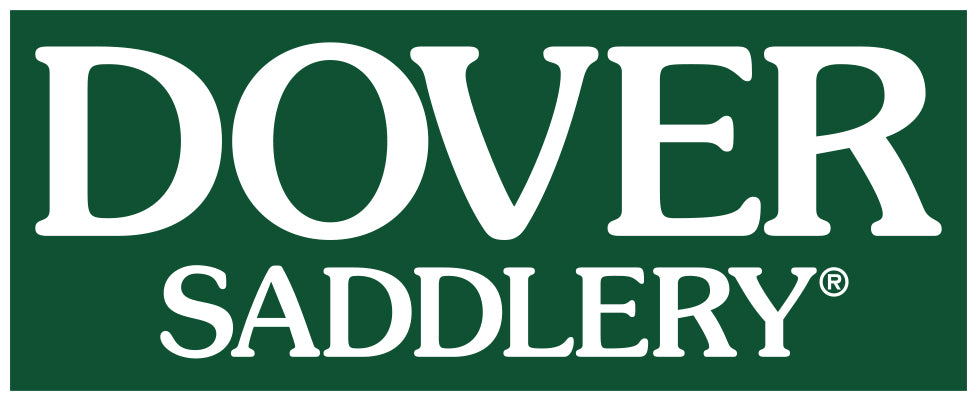Similar to people, horses have different body types and therefore various styles, types and brands of blankets may fit different horses in different ways. Horse blanket sizing can be tricky, and having a horse blanket that fits properly is important for a variety of reasons. A blanket that is too small can restrict movement, cause rubs and be generally uncomfortable for the horse. A blanket that is too loose can increase the risk of getting caught up in straps, allow rain and snow in around the neck area and not stay in place very well causing rubs and chafing. Here are the key areas to inspect closely when fitting a blanket and what to look for to spot an incorrect fit.
- Length
- If you have no idea what size blanket your horse is, follow these instructions to measure your horse for a blanket.
- The blanket should fall just in front of his withers and extend to his tail so the seam between the blanket and the tail flap goes to at least the base of your horse’s tail, although a tad longer is sometimes used based on personal preference.
- If the back of your horse’s hindquarters are exposed when viewing from the side, the blanket is too short.
- Height
- The bottom hemline of the blanket should hang somewhere above the horse’s knees and hocks, but low enough that the bottom of the belly is not exposed when viewing from the side.
- If the blanket hemline falls at or below the horse’s knees and hocks, it is too big.
- Chest
- The fabric should be able to overlap when the chest buckles are fastened near the center of the chest.
- If the fabric from either side does not overlap, then the blanket is too small.
- Neck and Shoulders
- With the chest buckles fastened, the neck opening should fit snuggly around the horse’s neck, but with enough give that you should be able to slide your hand down the neck of the blanket. If you cannot, it is too tight in the neck and chest.
- The blanket should not appear to be stretched tightly across the shoulders, but should not look too bulky.
- If shoulders are sticking out or exposed near the neck opening, the blanket does not fit correctly and may be too big.
- The neck opening should allow free movement of the neck and head, but not be so loose as to allow weather elements like rain and snow to seep in.
- Belly Straps
- Depending on the style of blanket, the belly straps will either cross or go straight across the underside of the belly.
- When the belly straps are attached, you should be able to fit the width of one hand between the strap and the horse’s stomach. Straps that are too loose can increase the risk of legs getting stuck, and straps that are too tight could cause rubs.
- Leg Straps
- To attach leg straps correctly, take the left leg strap around the horse’s left hind leg and clip it to the D-ring on that same left side of the blanket. Then take the other, right leg strap, pass it through the already connected left leg strap, around the horse’s right leg and clip it to the D-ring on the right side.
- One hand’s width should fit between each strap and the leg it is going around to prevent rubs and allow freedom of movement. If the straps are too loose, your horse’s legs could become entangled, and the straps won’t do their job of helping to keep the blanket in place correctly.
Following these guidelines should help to determine if your new blanket is the right fit for your horse. With so many horse blanket brands and styles to select from, horse blanket sizing should be easy.
Which blanket that you’ve owned do you think has fit your horse the best? Let us know in the comments!





Because my horse is broad, the hug fits best.